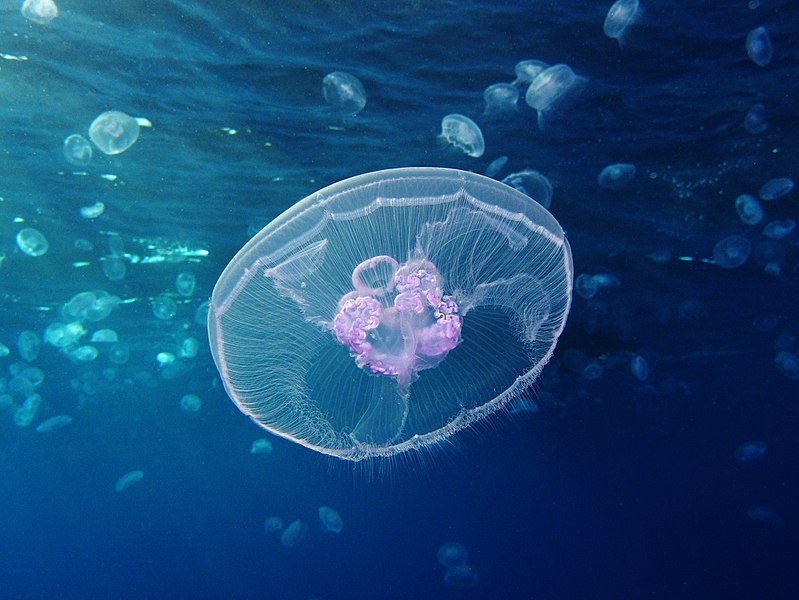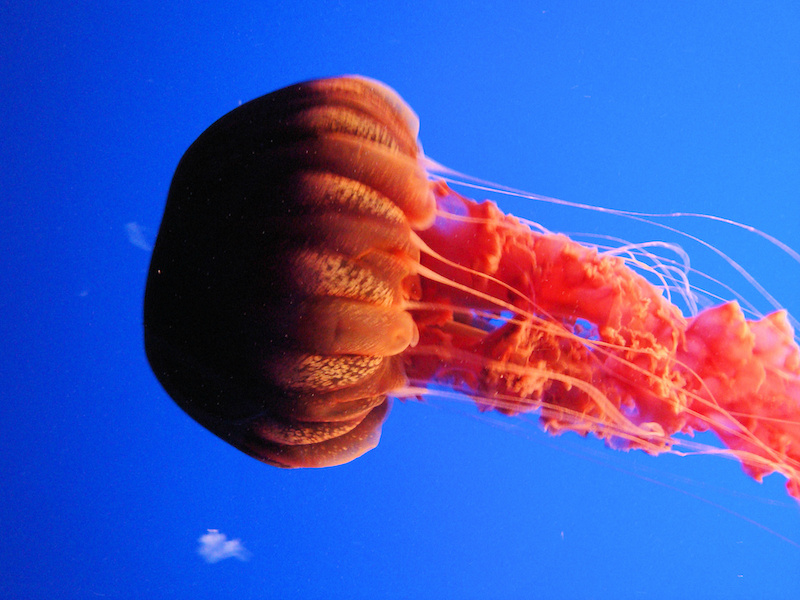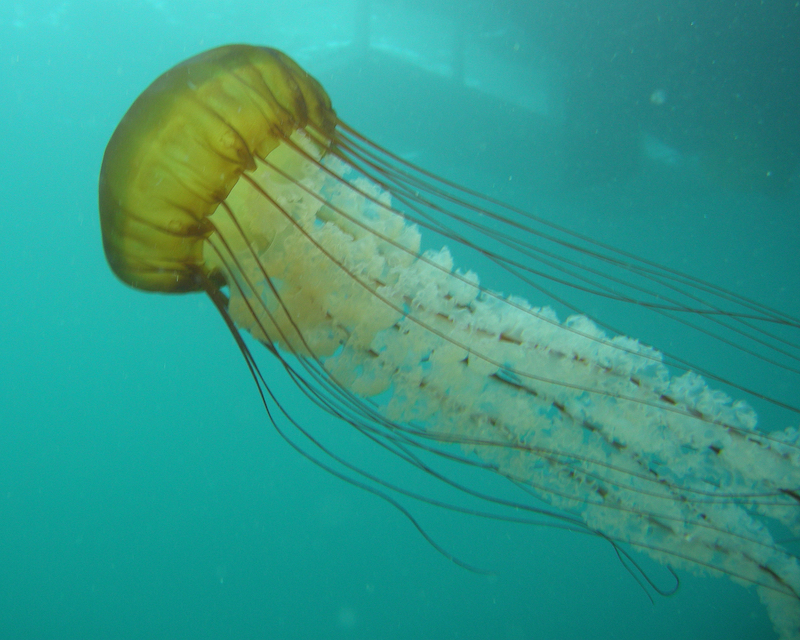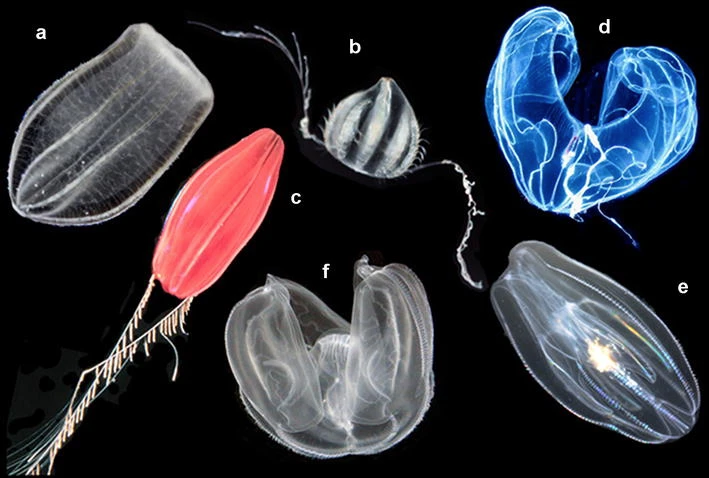Huntington Beach in Southern California is one of the world’s iconic surf and beach destinations.
With currents influenced by water in both northern and equatorial regions, surfing here is yearround, which is why Huntington Beach has been aptly dubbed “Surf City.” It’s one of the regions that helped define California’s iconic surf culture, with 9.5 miles of memorable beach that makes for the perfect vacation getaway.
But surfing isn’t the only thing you can do here. With its ideal location between Los Angeles and San Diego, located in the heart of California’s sunny weather, Huntington Beach is a spectacular choice for any vacation. The beautiful weather for much of the year lends itself towards plenty of outdoor recreation, like hiking, biking, swimming, kayaking, and anything else you can think of, including simply relaxing on the beach.
Regardless of the activity, if you’re planning on spending time on these world-class beaches or swimming in the nearby water, you’re probably wondering if there is any dangerous marine life that could impact your trip.
So let’s break it down: Does Huntington Beach, CA have jellyfish?

The waters of Huntington Beach, California are home to several different types of jellyfish including:
- Moon jellyfish
- Black sea nettles
- Pacific sea nettles
- And comb jellies
However, jellyfish are not usually a concern for visitors to Southern California beaches. Most of the jellyfish stings here are exceedingly mild, and encounters with more dangerous and potent jellies are quite rare.
Let’s take a look at Huntington Beach jellyfish, photos, sting history, seasonality, and more!
Types of Jellyfish in Huntington Beach
The California coast is home to plenty of jellyfish.
However, Southern California’s jellyfish are generally smaller and have more mild stings than those found in many other parts of the world.
The region also sees far fewer jellyfish by number than regions like the Atlantic coast. This is because many jellyfish species thrive in warm water, and this part of the Pacific Ocean is a relatively cold ocean basin.
Most of the time, Huntington Beach jellyfish aren’t much of a threat to humans, but it’s still important to stay educated on the topic, including precautions to take and being aware of what types of jellyfish you can expect in the area.
The majority of jellies in Southern California are mild. On occasion, the region will see an influx of more dangerous jellyfish, like the black sea nettle.
That’s about as frightening as Huntington Beach jellyfish get, but if you’d like to experience and learn about more, there are places in California that have other jellyfish on display, like the Monterey Bay Aquarium to the north.
Here are some of the jellies that frequent the Pacific waters near Huntington Beach.
Moon Jellyfish

Moon jellies are one of the most common jellyfish species in the world.
They’re found all over the world’s oceans, from warm tropical waters in the Gulf of Mexico to sub-arctic waters around Alaska.
They’re also some of the most beloved and recognizable jellyfish. They range in size from a few inches to over a foot across, and their moonlike, translucent bell is well-known among aquariums.
With a mild to negligible sting, moon jellies aren’t considered dangerous to humans. In fact, its short tentacles induce such a slight reaction that many people don’t feel it at all.
They’re one of the only jellyfish species that is regularly seen in Southern California, with most other species appearing more sporadically depending on water temperature and currents.
Black Sea Nettles

Sea nettles are one of the most common dangerous species of jellyfish across the world.
There are several different types (the Atlantic sea nettle is one of the best-known), but Southern California only encounters one — the black sea nettle.
This jelly is extremely rare, so rare, that it wasn’t even officially identified until 1997!
Black sea nettles, while extremely uncommon in the area, are one of a handful of jellyfish that pose more of a danger to humans.
They’re one of the largest in the region (considered a species of giant jelly!), with bells that can reach over three feet across and pinkish, lacy tentacles that can grow to 20 feet long. When they appear, about once every decade, they tend to do so in large blooms.
Black sea nettles have a mild to moderate sting that can be uncomfortable but is less severe than stings from most other species of sea nettle.
Even then, this is the most dangerous species of jellyfish in Southern California, but certainly not in the world.
Pacific Sea Nettles

Pacific waters are home to a second species of sea nettle: the Pacific sea nettle.
This jelly is smaller and lighter in color than its black counterpart, with bells growing only to a foot and a half in diameter, and tentacles no longer than 15 feet.
These sea nettles do sting, but usually aren’t found close enough to shore to pose a threat to humans — they prefer deep, open waters off the coast, and aren’t even considered local to Southern California beaches.
Comb Jellies

Comb jellies are commonly categorized in the same bucket as jellyfish.
They are very similar in appearance at first glance, with nondescript shapes and transparent, gelatinous bodies. Beyond that, however, they are actually very different from jellyfish.
Comb jellies aren’t always round in shape like jellyfish, and if you encounter one, it won’t sting — because it can’t!
All species of comb jelly are completely incapable of stinging. Other than the absence of stings, comb jellies have another huge (and sometimes colorful) distinction from jellyfish: they’re bioluminescent, and some species display a rainbow of colored lights running along their combs.
History of Jellyfish Stings near Huntington Beach
Dangerous, stinging jellyfish are extremely uncommon in Huntington Beach.
These types of jellyfish, like the Portuguese man-of-war, are almost always only found in warm, tropical waters around the equator.
But as every native Californian knows, the region can experience anomalous weather patterns like the El Nino phenomenon.
This pattern brings warm weather and water from the equator farther north than normal, and that movement can also encourage the movement of jellyfish.
Every so often, a more dangerous jellyfish comes into contact with a person, leading to an uncomfortable jellyfish sting. But since those jellyfish themselves are extremely rare in this region, so are their painful stings.
The vast majority of jellyfish in Huntington Beach are quite harmless to people.
All true jellyfish have a sting to some extent, but most of them are too mild to affect a person. After all, jellyfish stings are meant to immobilize their prey, and jellyfish prey is often just small marine animals. These animals can be taken out with what we could consider a mild sting.
Southern California jellyfish may cause mild stings on people, but most discomfort resides within an hour, and many people don’t even feel the sting at all.
(What about those blue jellyfish washing ashore in California? Read here.)
Is There a Jellyfish Season in Huntington Beach?
Since jellyfish tend to appear in the highest numbers in warmer water, it’s no surprise that many regions experience a “jellyfish season” during warm summer months.
Usually, the highest jellyfish volumes correspond with the warmest months; many regions see jellyfish invasions during July and August.
Huntington Beach and the rest of Southern California experience a slightly different jellyfish season, due to the fact that the area is home to fewer jellyfish to begin with.
Technically, the area does see more jellyfish during summer months, but the average beachgoer isn’t likely to notice a difference.
The times when Huntington Beach sees more jellyfish are during jellyfish invasions — a short period when an unusually large number of jellyfish are in the region.
These don’t necessarily follow seasonal temperature changes.
Jellyfish invasions can happen at any time during the year, and while there’s generally a correlation between a jellyfish invasion and warmer water temperatures, there are a number of causes for the warmer temperatures to begin with, many of which are unknown.
Huntington Beach – Avoiding Jellyfish Stings (Tips & Things to Know)
As it goes, Huntington Beach and surrounding beach areas here actually have some of the lowest jellyfish risks of any popular beach destination.
While that doesn’t mean people are completely safe from jellies here, simply following guidelines and staying educated is more than enough to have a safe vacation.
Southern California has some of the mildest jellyfish (and stings) of many beach recreation areas around the world. While jellyfish here may be smaller and less harmful, they are still here.
It’s important to follow posted guidelines and to be aware of jellyfish risks before heading out to the beach.
The potency of a jellyfish sting usually correlates with its size — the larger the animal, the more dangerous its sting.
But this doesn’t apply to just a living jellyfish. Any part of a jellyfish tentacle can carry toxins, whether it’s a full tentacle floating with a live jellyfish or just a tiny part of a tentacle washed up on the beach.
That’s why it’s important to avoid touching any part of a jellyfish tentacle. That’s also why it’s a good practice to watch for jellyfish both in the water, and on the sand.
If someone has been stung, there are a few steps to take.
First, remove tentacles and barbs from the skin. It goes without saying that this shouldn’t be done with bare hands. Instead, use the side of a credit card to scrape the skin clear of barbs.
Then, rinse with a solution of vinegar and saline. All lifeguards will have this on hand. It’s also an easy solution to pack with you in a small spray bottle, just in case. A saline and vinegar solution helps to relieve pain, and kills any remaining toxin cells.
Large, dangerous jellyfish can do serious damage in just one sting. Fortunately, those types of jellyfish don’t exist in Huntington Beach.
The jellyfish here deliver only mild stings, which can usually be treated at home without any medical attention — with one major exception: seek immediate medical attention if the person stung is showing signs of an allergic reaction.
An allergic reaction, especially a severe one, can turn a mild jellyfish sting into a medical emergency. Get help if someone is experiencing hives, wheezing, shortness of breath, or other signs of an allergic reaction.
Wrapping Up
Huntington Beach in Southern California is an iconic vacation destination, and for good reason. It has a plethora of recreation and relaxation opportunities, including plenty of beachtime activities.
Plus, jellyfish in this region are quite mild. California does see plenty of these sea creatures, but those found here are smaller and threaten milder stings than their counterparts in most other parts of the world.
If you’re planning a relaxing beach getaway to Huntington Beach, you won’t have to worry about jellyfish spoiling your vacation!
For more guides, don’t miss:
Hope this helps!